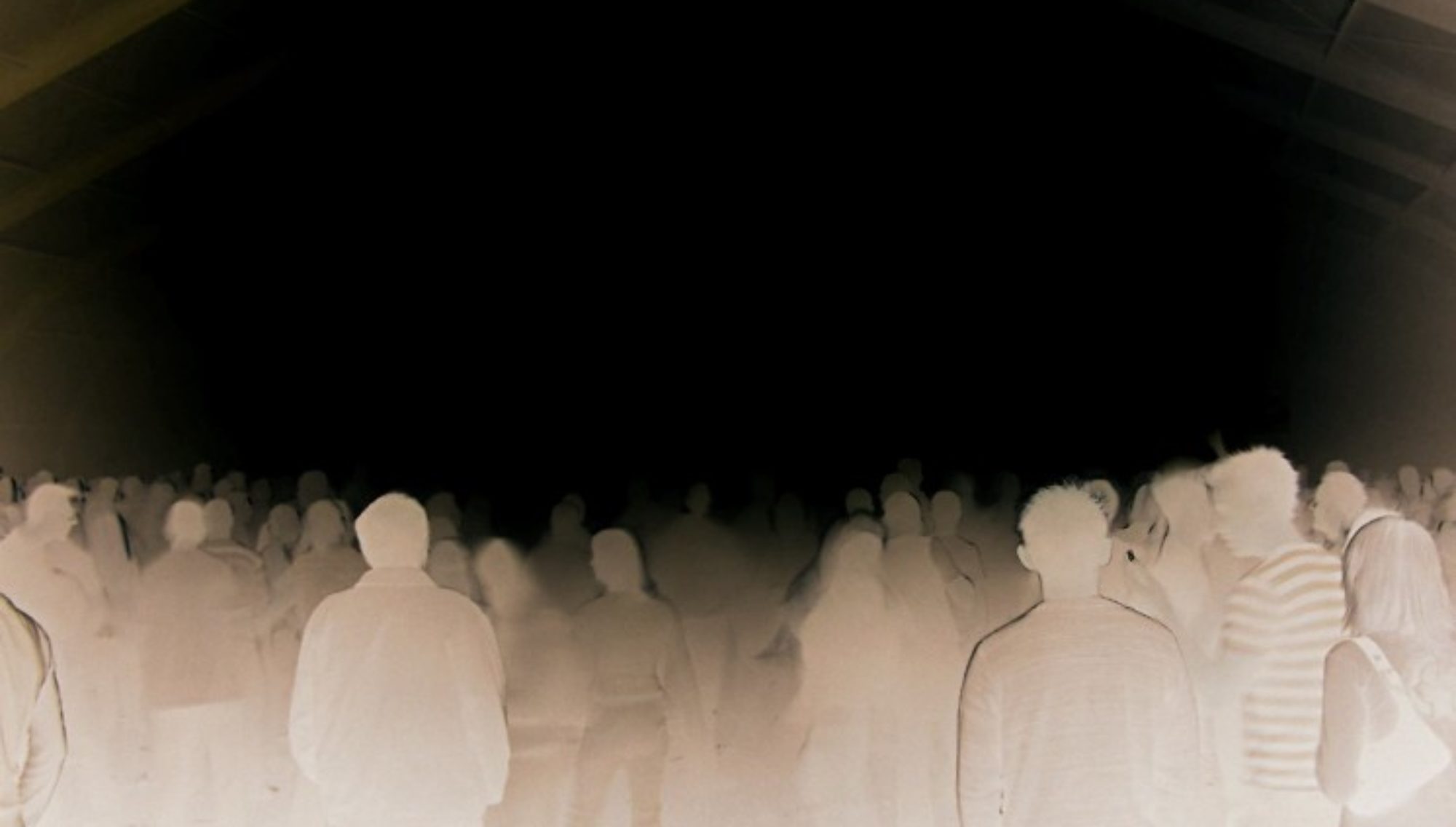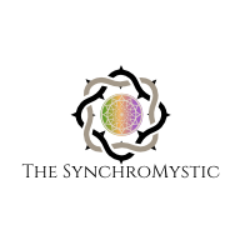As mentioned in the previous post, Peter Levenda is a person readers are likely to encounter as the probe the sometimes murky recesses of esotericism, occultism, and, yes, SynchroMysticism.
Levenda, similarly to Christopher Knowles, seems a bit more left-leaning than some of the individuals that we will look at in upcoming posts. Professionally, he is an author and offbeat historian of sorts. An early focus was on the obscure intersection of Nazism and, well, magic.
In this genre, Levenda has three impressive offerings. The primary book of interest to those who study historic “Hitlerism” is his 1995 book, Unholy Alliance: A History of Nazi Involvement With the Occult (New York: Avon). Of more specialized appeal is his quirky, 2012 speculations that Hitler escaped Germany at the conclusion of World War Two. (See Ratline: Soviet spies, Nazi Priests, and the Disappearance of Adolf Hitler, Lake Worth, FL: Ibis Press.) More recently, in his The Hitler Legacy: The Nazi Cult in Diaspora, How it was Organized, How it was Funded, and Why it remains a Threat to Global Security in the Age of Terrorism (Lake Worth, FL: Ibis Press, 2014), he has applied his historical views to more contemporary problems.
In this way, Levenda’s subject matter overlaps with the more mainstream academic publications of the later British Professor Nicholas Goodrick-Clarke. In such texts as The Occult Roots of Nazism: The Ariosophists of Austria and Germany, 1890–1935 (Wellingborough, U.K.: Aquarian Press, 1985), Hitler’s Priestess: Savitri Devi, the Hindu-Aryan Myth and Neo-Nazism (New York: NYU P, 1998), and Black Sun: Aryan Cults, Esoteric Nazism, and the Politics of Identity (New York: NYU P, 2001), Goodrick-Clarke also explored the cryptic conjunction of 20th-century German National Socialism and the dark arts.
As a survey of the titles suggests, both Goodrick-Clarke and Levenda deal at length with personalities like Rudolf Hess (who had a well-known affinity for astrology and esotericism) and Heinrich Himmler (who had charged the Ahnenerbe with the task of validating Aryan and Nordic mythology).
But they also get into less-familiar territory and explore such controversial topics as the Teutonically tinged occult philosophy of “Ariosophy,” begun by Lanz von Liebenfels and Guido von List. Ariosophy (literally, “Aryan wisdom”) was, like Rudolf Steiner’s “Anthroposophy,” an offshoot of Russian mystic Helena Blavatsky’s Theosophical Society. Readers may recall that Blavatsky had transplanted herself to Great Britain and founded “theosophy” (the “wisdom of God”) along with Colonel Henry Steel Olcott. The society was continued by figures such as Alice Bailey and Annie Besant.
Meanwhile, the occultist R. A. Schwaller de Lubicz, who also had links to the seemingly all-pervasive Theosophical Society, represents a connection between German and French occultism. Schwaller de Lubicz is one of the candidates for having penned the alchemical treatise The Mystery of the Cathedrals, attributed to one “Fulcanelli,” who the former claimed to have once met.
At any rate, Levenda has also produced several investigative tomes that may be of more general interest to those with a SynchroMystic turn of mind.
At the top of this list must surely be his Sinister Forces trilogy: The Nine: A Grimoire of American Political Witchcraft (with Jim Hougan, Walterville, OR: Trine Day, 2005), A Warm Gun: A Grimoire of American Political Witchcraft (with Dick Russell, Walterville, OR: Trine Day, 2005), and The Manson Secret: A Grimoire of American Political Witchcraft (Walterville, OR: Trine Day, 2006). The books delve into “the roots of coincidence and conspiracy in American politics, crime, and culture,” and Levenda purports to disclose riveting ties “between religion, political conspiracy, and occultism.”
Levenda has also made forays into the arcane subject of alchemy that, readers will recall, was of seminal importance to synchronicity’s “founding father,” Swiss polymath and psychiatrist, Carl Gustav Jung. In such treatises as Stairway to Heaven: Chinese Alchemists, Jewish Kabbalists, and the Art of Spiritual Transformation (New York: Continuum, 2008), Tantric Temples: Eros and Magic in Java (Lake Worth, FL : Ibis Press, 2011), and The Tantric Alchemist: Thomas Vaughan and the Indian Tantric Tradition (Lake Worth, Florida : Ibis Press, 2015), he introduces readers to the related disciplines of alchemy and Tantrism, which have had such a profound influence on Western SynchroMysticism.
A versatile writer, Levenda has expanded his oeuvre with volumes on Freemasonry and on the 20th-century, American horror savant H. P. Lovecraft. Lovecraft’s Cthulhu Mythos has practically achieved cultic status in the years since his untimely death on the Ides of March, 1937.
On Freemasonry, which is itself arguably an outgrowth of the alchemically infused Rosicrucianism of the early 1600s, see: The Secret Temple: Masons, Mysteries, and the Founding of America (New York ; London : Continuum, 2009) and The Angel and The Sorcerer (Lake Worth, FL : Ibis Press, 2012).
On Lovecraft and the Lovecraftian universe, see Gates of the Necronomicon (written by the mysterious “Simon” and attributed to Levenda, New York: Avon, 2006), The Dark Lord: H. P. Lovecraft, Kenneth Grant, and the Typhonian Tradition in Magic (with James Wasserman, Lake Worth, FL: Ibis Press, 2013), and The Lovecraft Code (Lake Worth, FL : Ibis Press, 2016).

